AI advancing drug discovery: the future is multi-cellular studies
Drs Sam Cooper and Michael Briskin of Phenomic AI, discuss how artificial intelligence (AI) is enabling them to target multi-cellular interactions, such as those in the tumour stroma, for drug development.
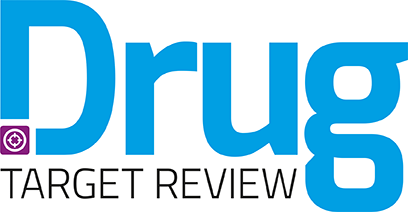


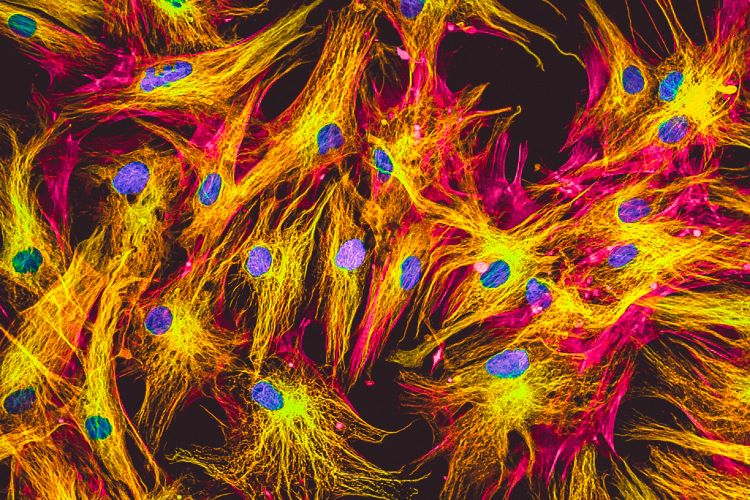

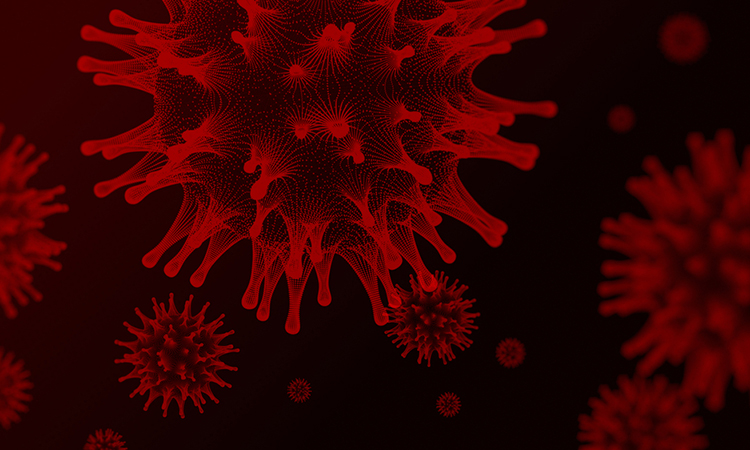
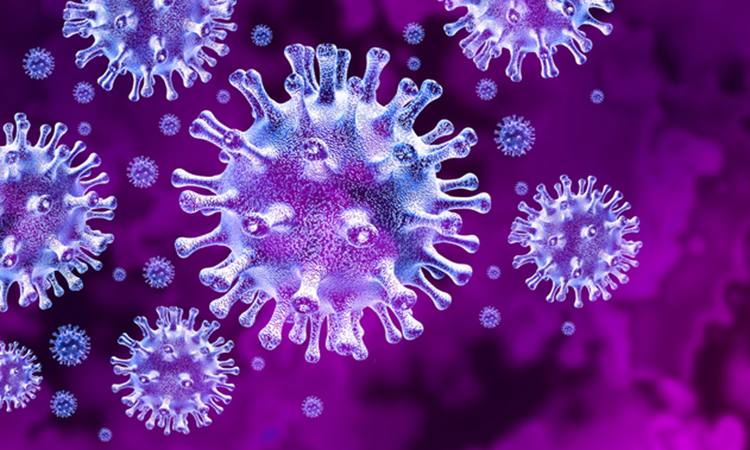
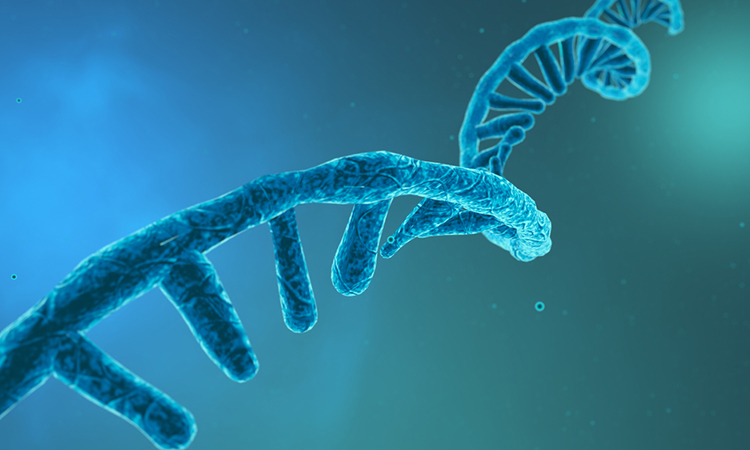
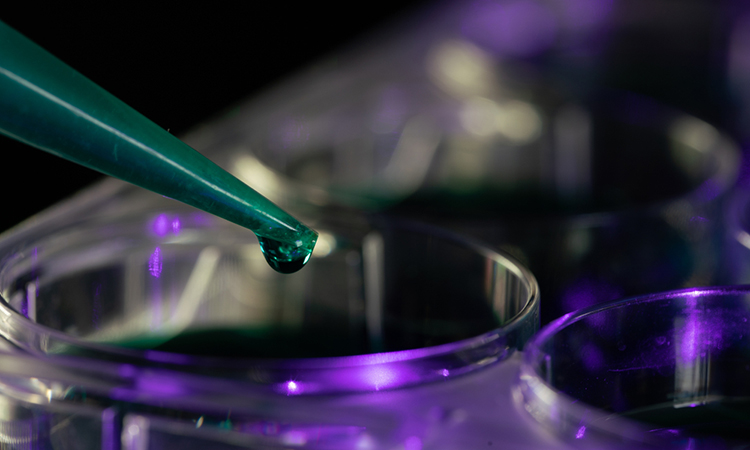





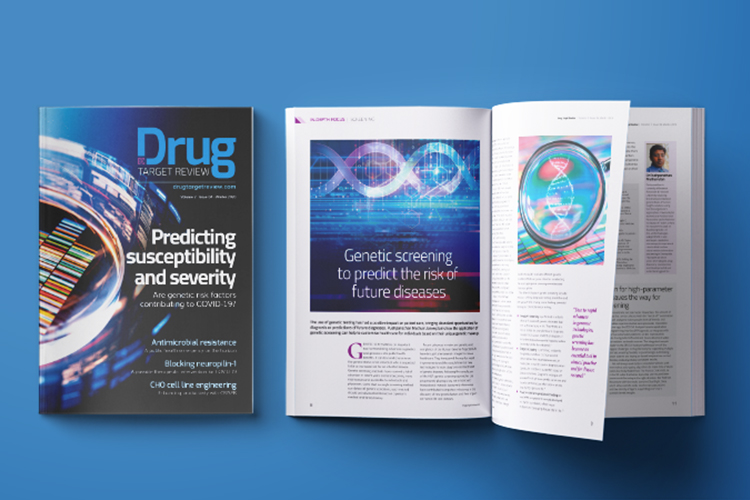
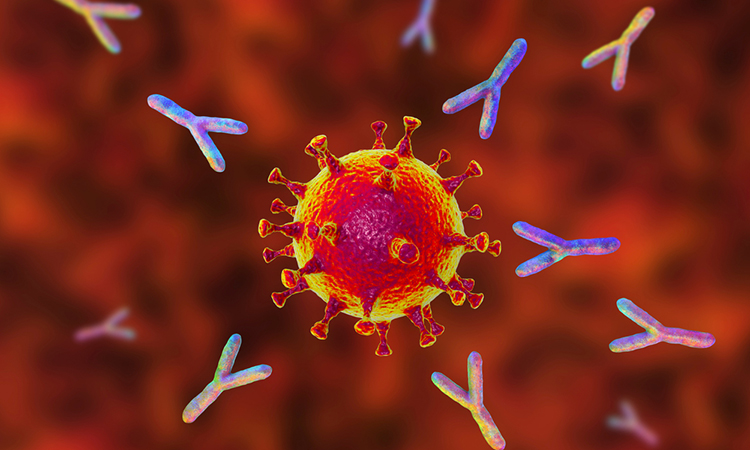
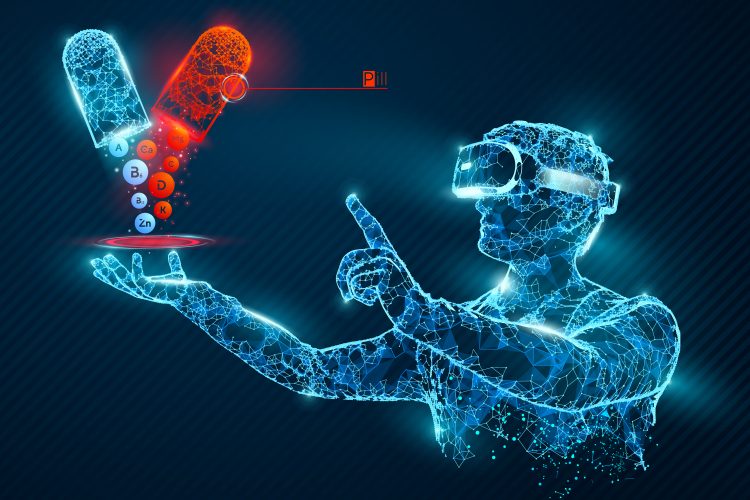

![robotic hand pipetting from petri dish of organoids next to a clock - idea of automation speeding up organoid development [Credit: Daria Sokol/MIPT Press Office].](https://www.drugtargetreview.com/wp-content/uploads/algorithm-accelerating-organoid-development.jpg)
